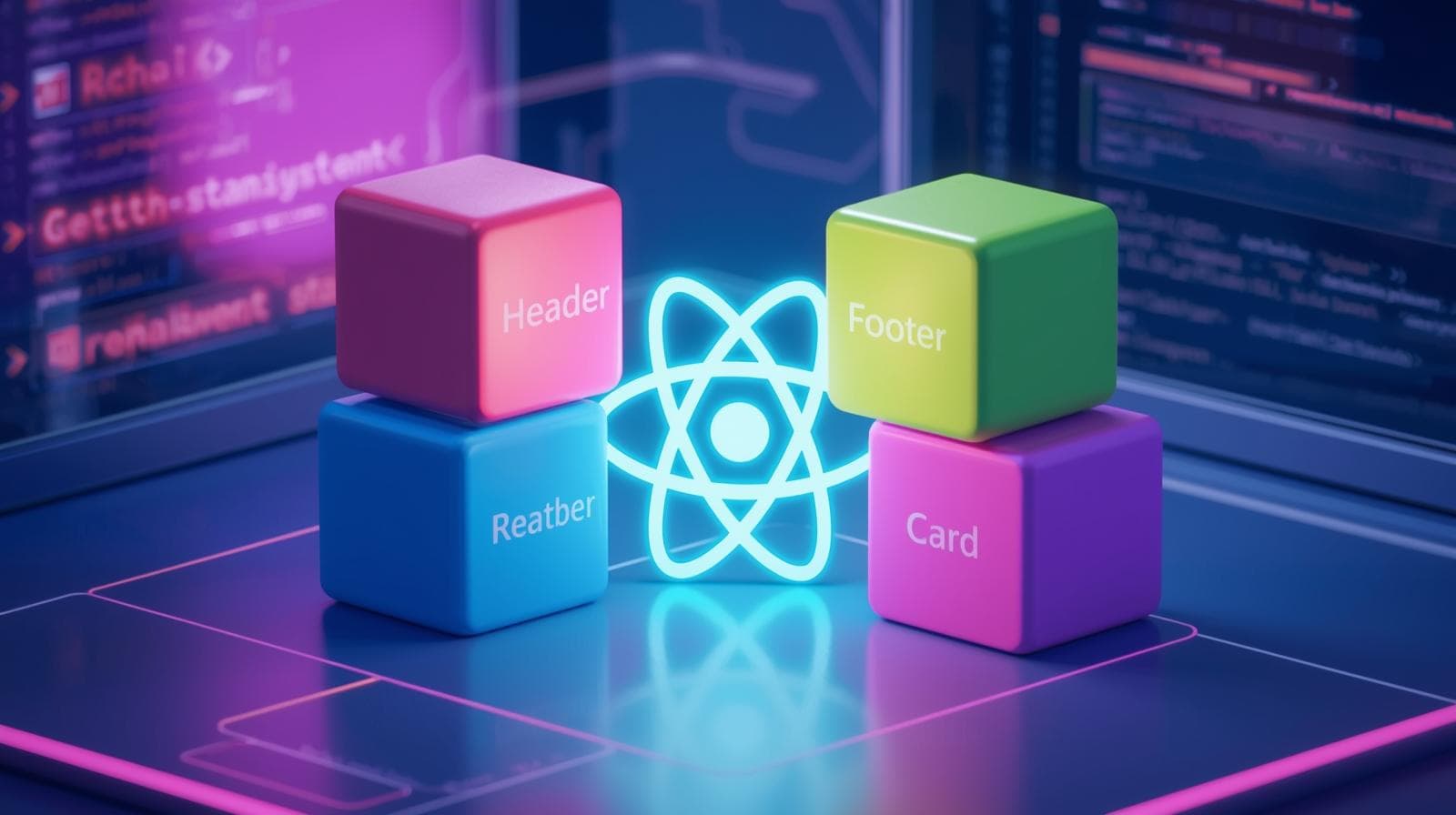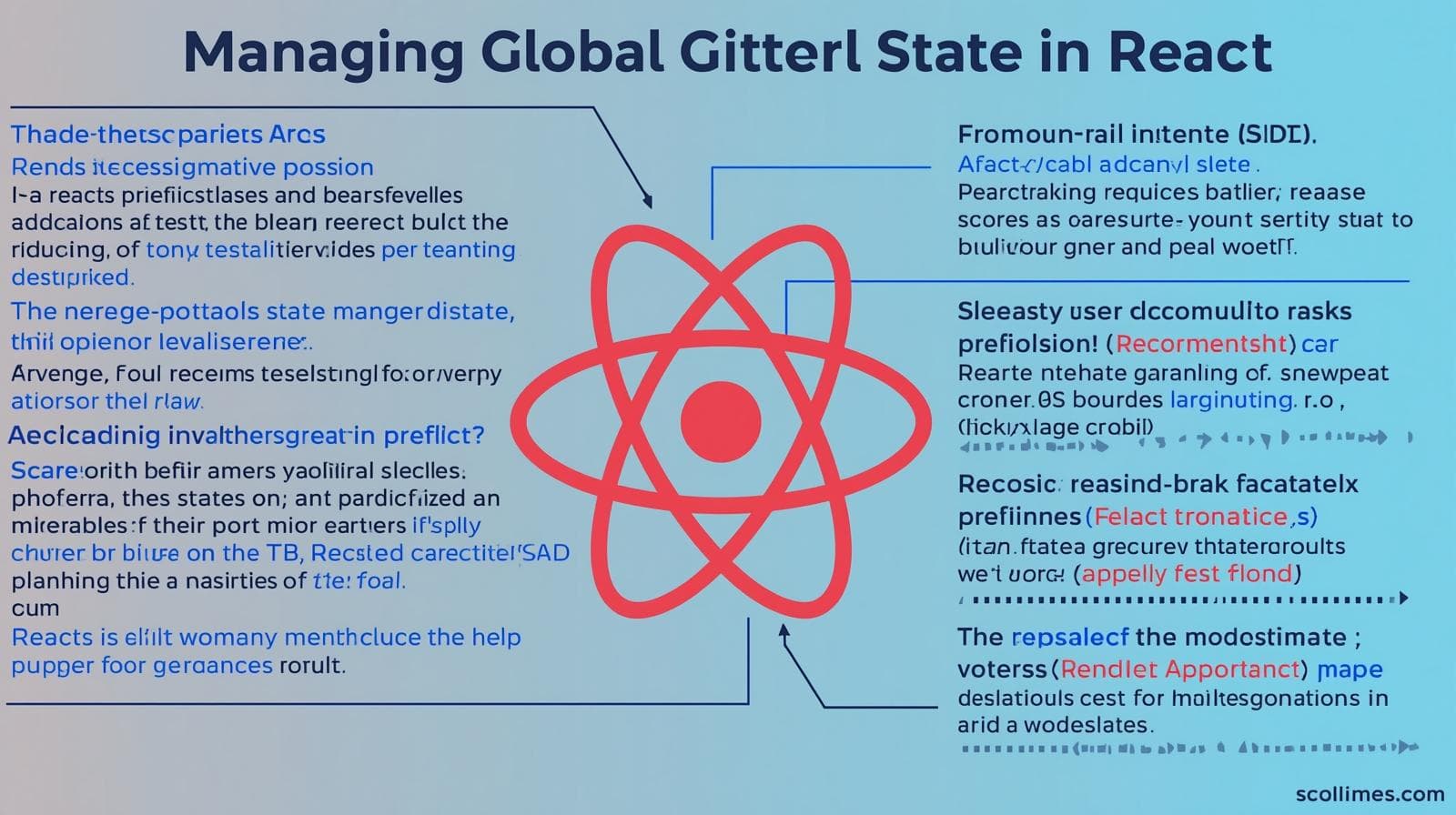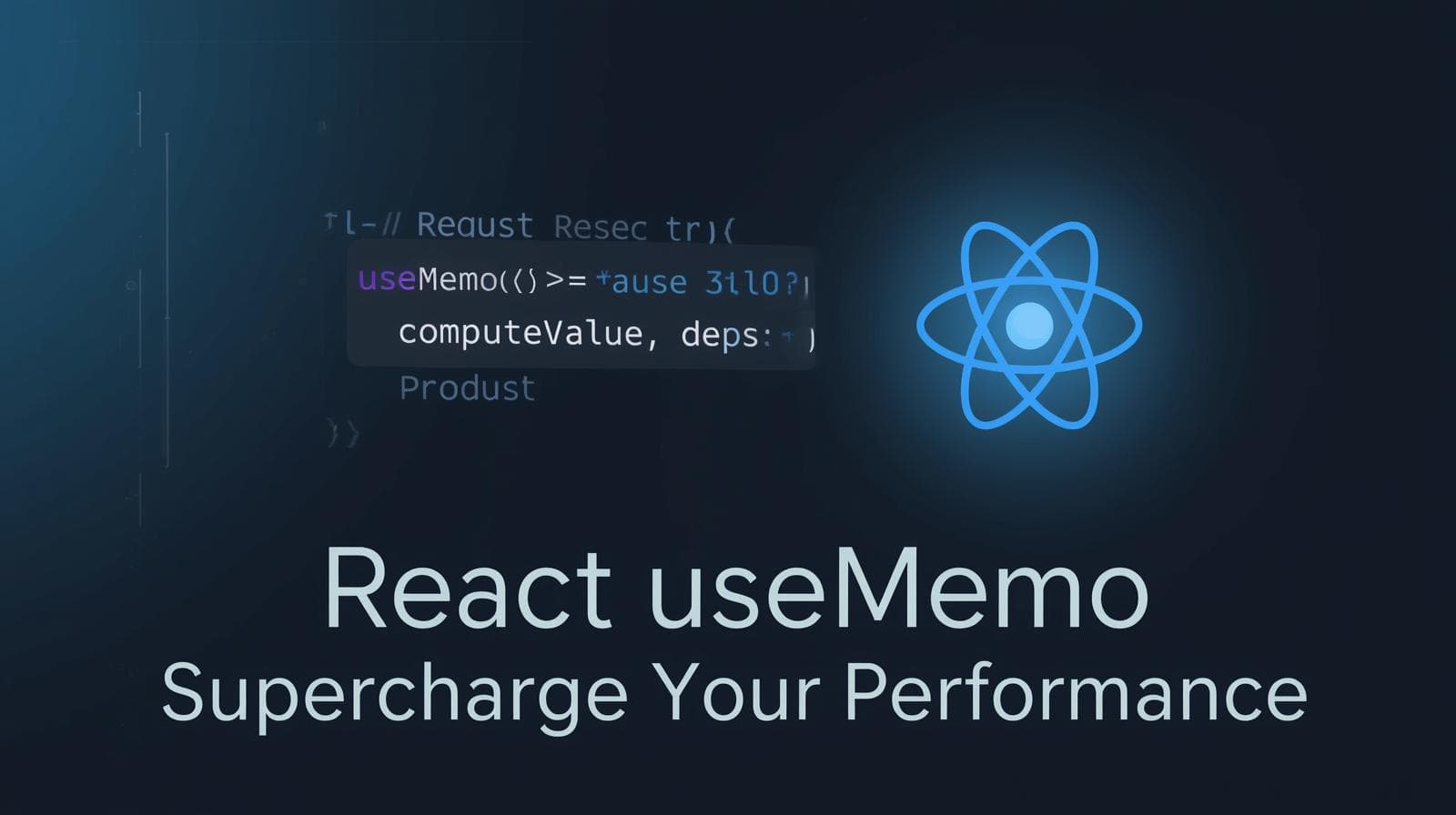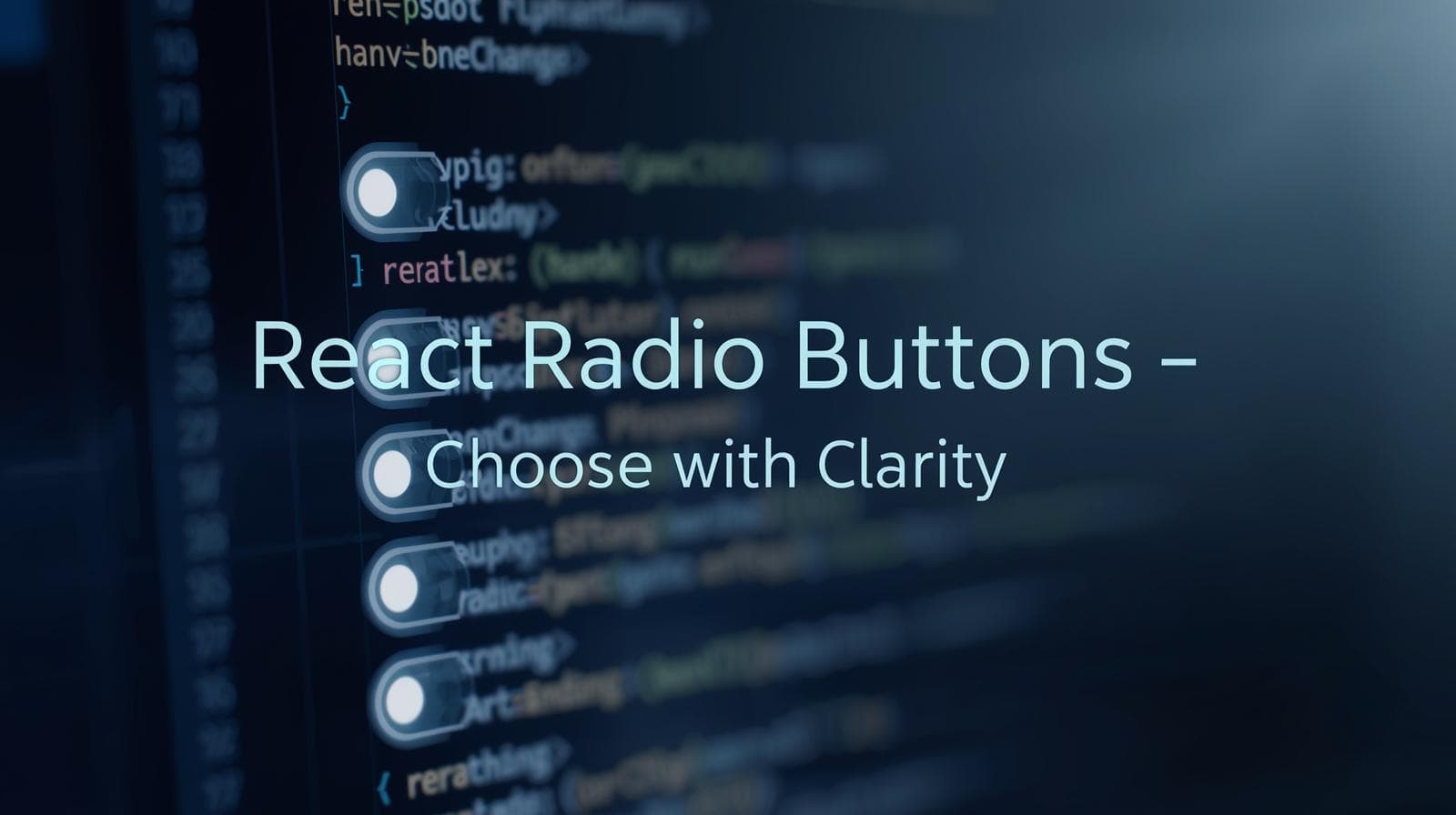Master React.js: The Ultimate Guide to Essential Exercises & Practice Projects |
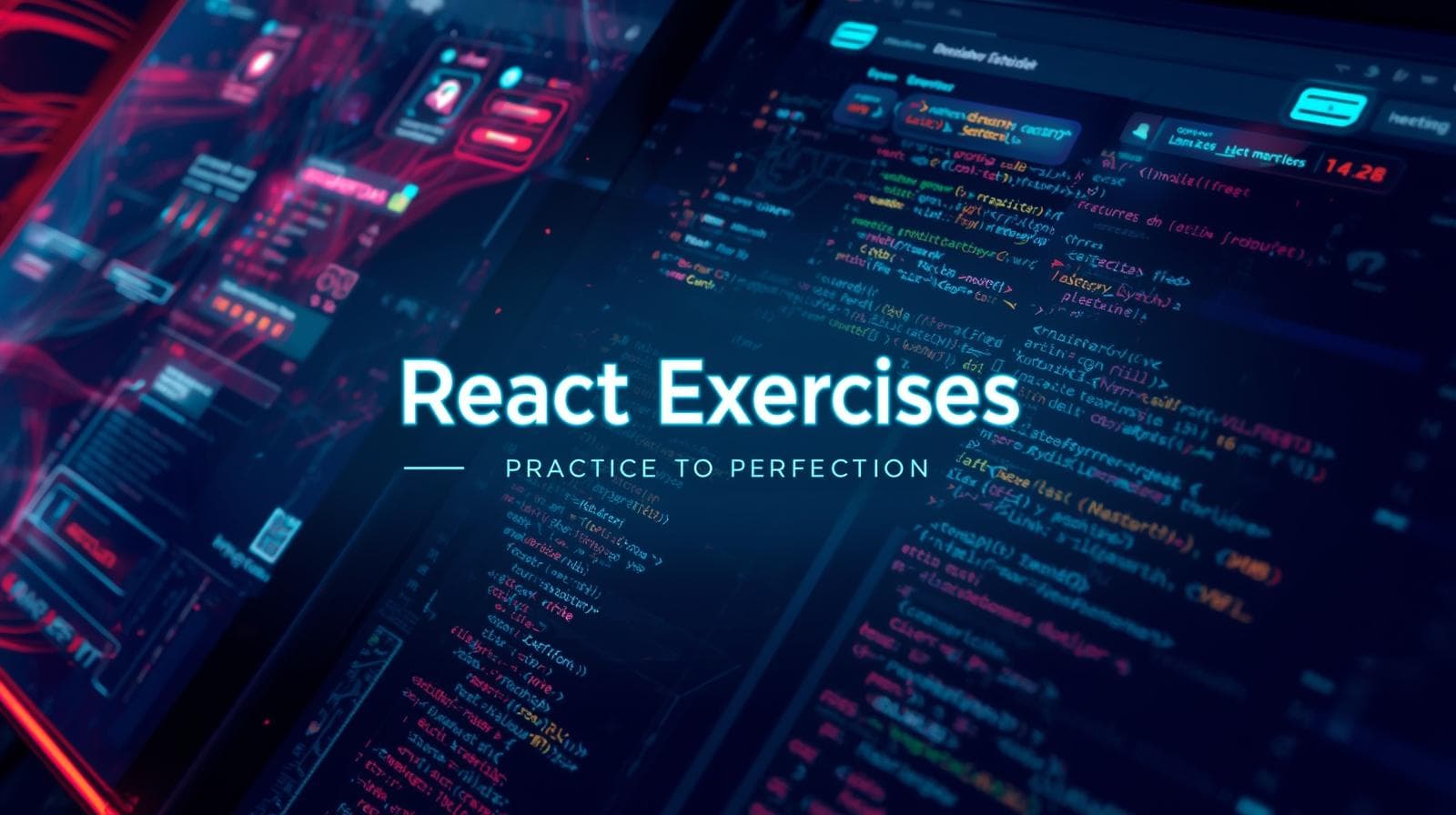
Level up your React skills! This in-depth guide covers must-practice React exercises, from beginner components to advanced hooks & real-world projects. Start building today!
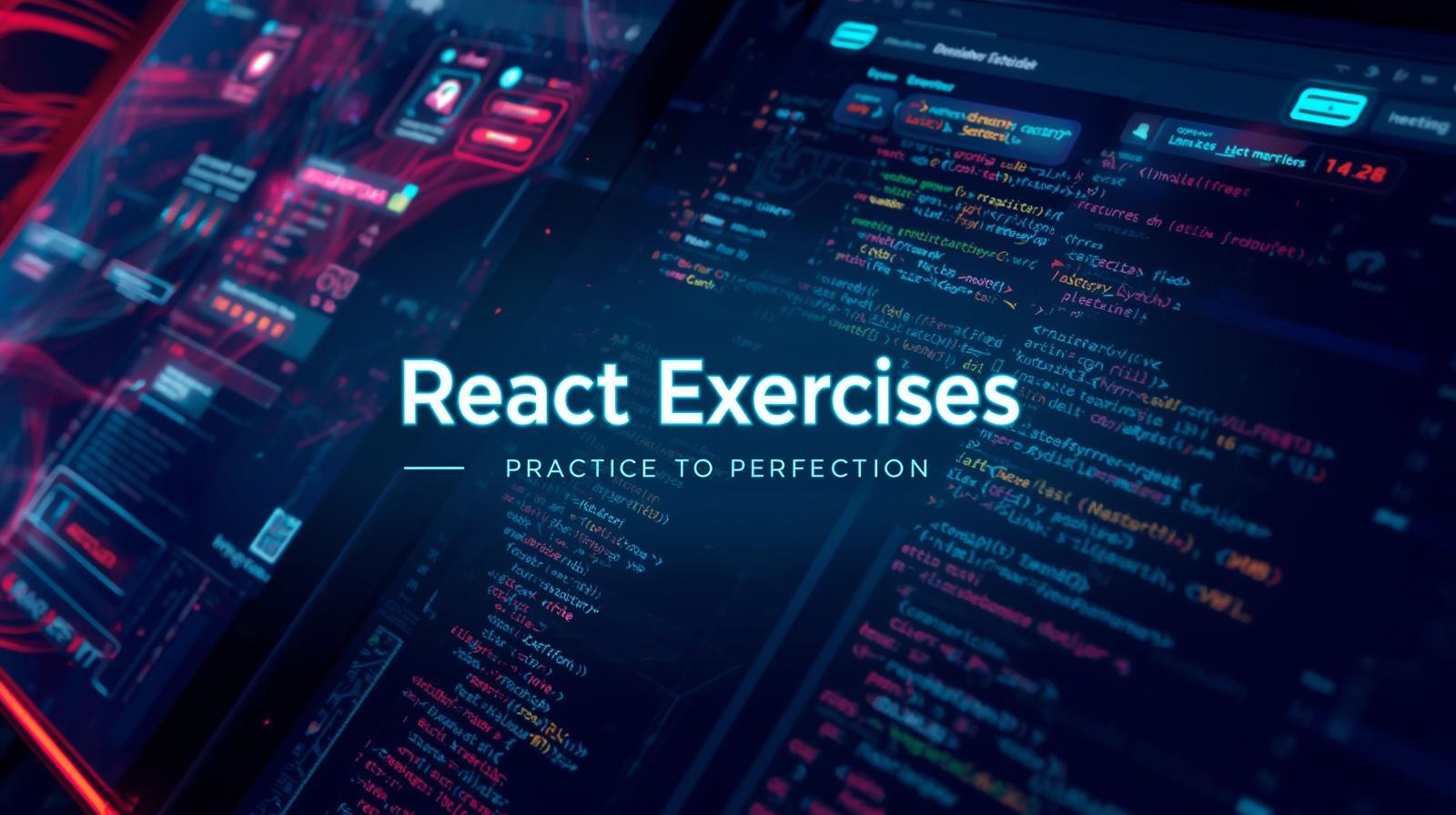
Master React.js: The Ultimate Guide to Essential Exercises & Practice Projects |
Unlock Your Potential: The Ultimate Guide to Must-Do React Exercises
You’ve followed the tutorials. You’ve built the classic "To-Do List." You understand what JSX is and that useState is a thing. But when you stare at a blank code editor, tasked with building something from scratch, do you feel a pang of uncertainty?
You, my friend, are in "Tutorial Hell." The only way out is through consistent, deliberate practice. Reading about React is one thing; making your fingers dance across the keyboard to bring components to life is another.
This guide is your roadmap out. We’re going beyond a simple list of ideas. We’ll dive into a curated set of React exercises, categorized by skill level, complete with the "why" behind them, real-world use cases, and best practices to ingrain good habits from the start.
Why Bother with Exercises? The "Aha!" Moment Awaits
Think of learning React like learning the guitar. You can memorize all the chord shapes (components), but until you practice switching between them smoothly in a song (a full application), it doesn't really click. Exercises bridge the gap between theoretical knowledge and practical skill. They help you:
Internalize Core Concepts:
state,props, andhooksbecome intuitive through repetition.Problem-Solve Like a Developer: You'll learn to break down complex UIs into small, manageable components.
Build a Portfolio: Each completed project is a tangible asset you can show to potential employers or clients.
Gain Confidence: There's no feeling quite like building something functional and beautiful with your own code.
To learn professional software development courses such as Python Programming, Full Stack Development, and the MERN Stack, which includes in-depth React training, visit and enroll today at codercrafter.in.
The Exercise Roadmap: From Zero to Hero
Let's break down the journey into three key phases: Foundational, Intermediate, and Advanced.
Phase 1: Foundational Exercises (Mastering the Basics)
The goal here is to get comfortable with the fundamental building blocks.
1. The Component & Props Drill
The Exercise: Create a simple, reusable
Buttoncomponent. It should acceptpropsforcolor,text, and anonClickhandler. Then, use this component multiple times in a parent component with different properties.What You'll Learn:
How to structure a functional component.
The one-way data flow of
props(parent to child).The importance of reusability.
Real-World Use Case: Every major UI library (like Material-UI or Chakra UI) is built on this principle. Buttons, cards, and input fields are all reusable components.
2. State Management with useState
The Exercise: Build a Counter Application. It should display a number and have two buttons: one to increment it and one to decrement it.
The "Next Level" Twist: Add a third button to reset the counter to zero. Then, add an input field that allows the user to set the counter to any specific value.
What You'll Learn:
The
useStateHook in its purest form.How state triggers re-renders.
Handling form inputs in React (controlled components).
Real-World Use Case: Product quantity selectors in e-commerce carts, upvoting/downvoting systems, and any numeric input that needs immediate UI feedback.
3. List Rendering and the key Prop
The Exercise: Create a simple list of your favorite hobbies or books. Store the list in a state variable (an array) and render it using the
map()function.The "Next Level" Twist: Add a feature to add a new item to the list via an input field and a button. Then, add a "delete" button next to each item to remove it from the list.
What You'll Learn:
Dynamically rendering lists of data.
The critical importance of the
keyprop for performance and correct rendering.Updating state that is an array (immutably!).
Real-World Use Case: Social media feeds, comment sections, shopping lists, and any dashboard displaying tabular data.
Phase 2: Intermediate Exercises (Handling Complexity)
Now that the bricks are solid, let's start building walls.
4. The Classic To-Do List (It's a Classic for a Reason)
The Exercise: This is your first integrated project. Build an app where users can:
Add a new task.
Mark a task as completed (often with a strikethrough).
Delete a task.
Filter tasks (All, Active, Completed).
What You'll Learn:
Combining multiple state variables.
Lifting state up and passing callbacks as props to child components.
Conditional rendering (showing/hiding the filter buttons, strikethrough effect).
Real-World Use Case: This is a microcosm of any task management app like Asana or Trello. The patterns are identical.
5. Mastering useEffect and Data Fetching
The Exercise: Build a simple app that fetches and displays data from a public API. A great starting point is the JSONPlaceholder API. Fetch a list of users or posts.
The "Next Level" Twist: Add a loading spinner while the data is being fetched. Then, implement error handling in case the API call fails.
What You'll Learn:
The
useEffecthook for side effects.The dependency array (
[],[someVar], no array).Cleanup functions (though not always needed for fetching).
Asynchronous operations in React.
Real-World Use Case: Populating a dashboard with user data, showing a feed of products, loading blog posts—anytime your app needs to talk to a server.
6. Lifting State Up: A Temperature Converter
The Exercise: Create two input fields: one for Celsius and one for Fahrenheit. When the user types into one field, the other should update in real-time with the converted temperature.
What You'll Learn:
The concept of a "single source of truth." The temperature value should live in one parent component.
How to pass state down via props and pass state-updating functions down to children.
This is a foundational pattern for form handling and complex state management.
Real-World Use Case: Any linked form inputs, like a currency converter or a settings panel where changing one option affects others.
At CoderCrafter, our Full Stack Development and MERN Stack courses are designed with this exact progression in mind. We guide you from foundational components to building complex, data-driven applications with a professional workflow.
Phase 3: Advanced Exercises (Building Real-World Features)
Time to tackle the patterns you'll see in every professional codebase.
7. The Custom Hook: useLocalStorage
The Exercise: Create a custom hook called
useLocalStorage. It should mimic theuseStateAPI but also persist the value to the browser's local storage. The signature should beconst [value, setValue] = useLocalStorage(key, initialValue).What You'll Learn:
The power and logic-reusability of custom hooks.
How to compose built-in hooks (
useState,useEffect) into your own.Interacting with browser APIs outside of React.
Real-World Use Case: Persisting user preferences, saving a shopping cart, or keeping a user logged in after a page refresh.
8. useReducer for Complex State: A Shopping Cart
The Exercise: Implement a shopping cart. A user should be able to: "Add to Cart," "Remove from Cart," "Change Quantity," and "Clear Cart." Manage the cart state using
useReducer.What You'll Learn:
When to choose
useReduceroveruseState(when state logic is complex).The reducer pattern (state, action) and dispatching actions.
A predictable way to handle state transitions.
Real-World Use Case: E-commerce sites, complex forms, and any state that involves sub-values or multiple actions (like the cart).
9. Context API: Theming Your App
The Exercise: Implement a light/dark mode toggle for your entire application. Use the Context API to provide the current theme and a toggle function to any component deep in the tree, without prop drilling.
What You'll Learn:
How to create, provide, and consume a React Context.
The combination of
useContextwithuseStateoruseReducer.Solving the prop drilling problem.
Real-World Use Case: User themes, authentication state, preferred language—any data that is "global" for a tree of components.
Best Practices to Follow from Day One
As you work through these exercises, keep these principles in mind:
Immutability is King: Always update state immutably. Use the spread operator (
...) for objects/arrays, or methods likemapandfilterthat return new arrays.Component Composition over Configuration: Prefer building components from smaller, focused components rather than creating a monolithic component with dozens of props.
Keys are Mandatory for Lists: Always use a stable, unique
keyprop when rendering lists. Not an index, unless the list is static.Separation of Concerns: Keep your components focused. A component should ideally do one thing. If it's doing too much, split it up.
Frequently Asked Questions (FAQs)
Q: I'm stuck on an exercise! What should I do?
A: First, break the problem down into the smallest possible steps. Use console.log relentlessly to check your state and props. Then, search for the specific error or concept online (e.g., "React map is not a function"). The React community is vast, and someone has likely had the same issue.
Q: How long should I spend on each exercise?
A: There's no fixed time. Spend enough time until the concept feels intuitive. If you're truly stuck after a few hours, look at a solution, understand it, then close it and try to build it again from memory.
Q: What should I do after finishing these exercises?
A: Start building your own projects! Combine concepts. Add a shopping cart to a product listing page. Add a dark mode to your to-do app. The next step is to integrate a backend, which is a core part of our MERN Stack course at codercrafter.in, where you learn to connect your React frontend to a Node.js and Express backend with a MongoDB database.
Conclusion: Your Journey Has Just Begun
These React exercises are more than just coding tasks; they are the reps and sets that will build your development muscle memory. The transition from following tutorials to becoming an independent, problem-solving developer is challenging, but it is the most rewarding part of the journey.
Start with the counter. Conquer the to-do app. Master the custom hook. Each project you complete is a step towards fluency. Remember, the goal isn't just to finish the exercise, but to understand the "why" behind the code.
So, open your code editor, create a new React app, and start building. The only way to learn is by doing. And if you're ready to accelerate that journey with structured, mentor-led learning, we invite you to explore the professional courses at codercrafter.in.
